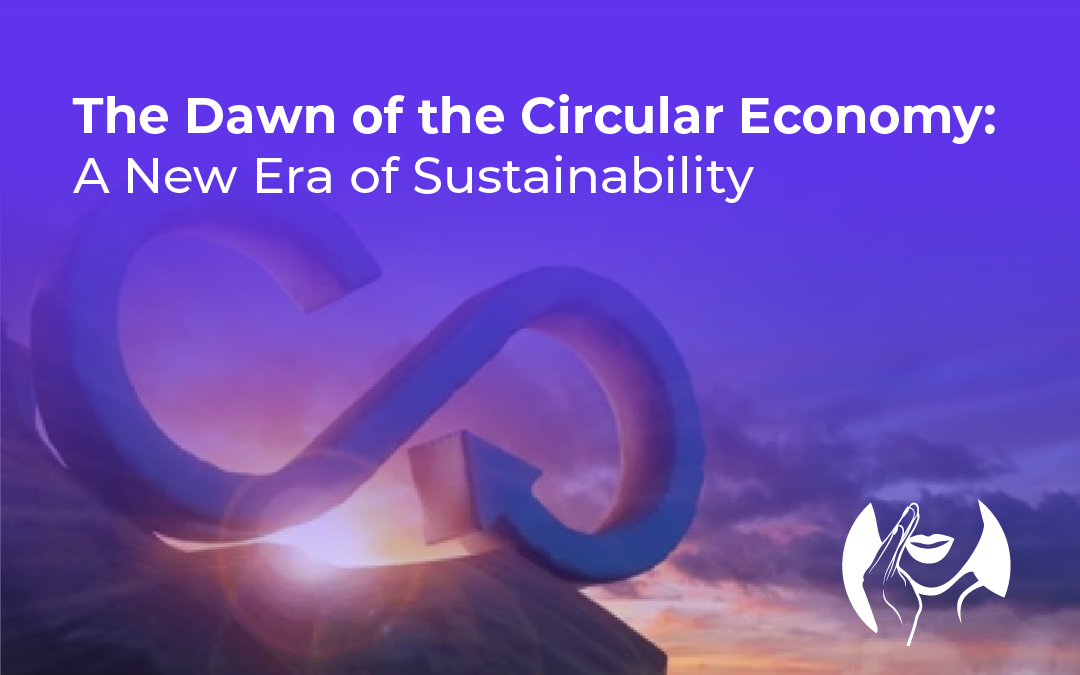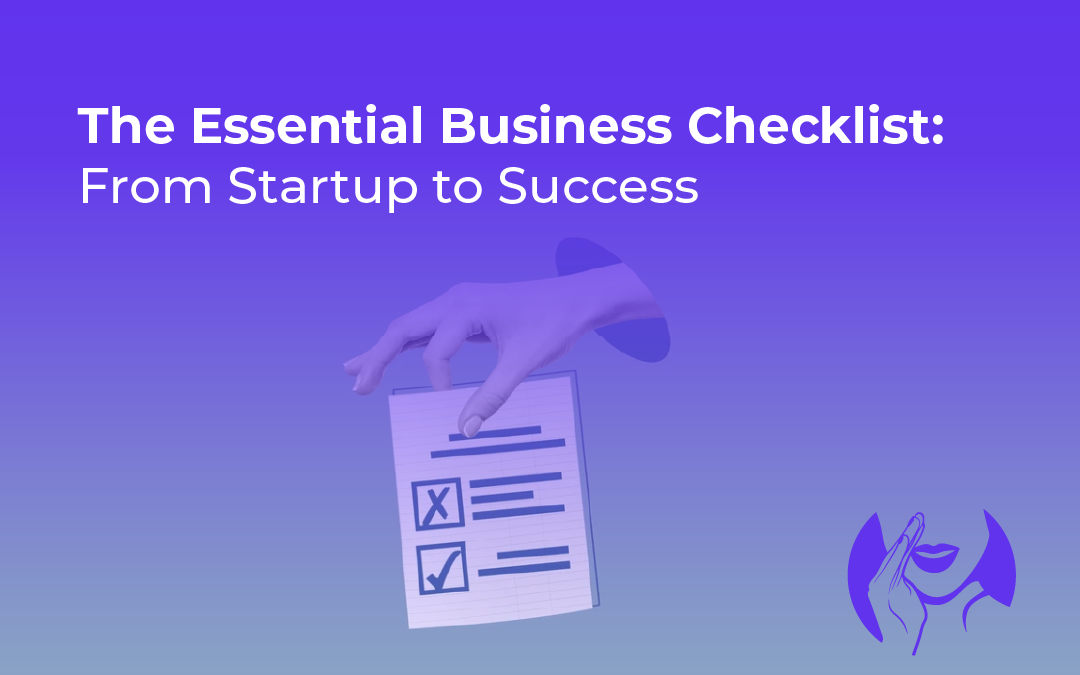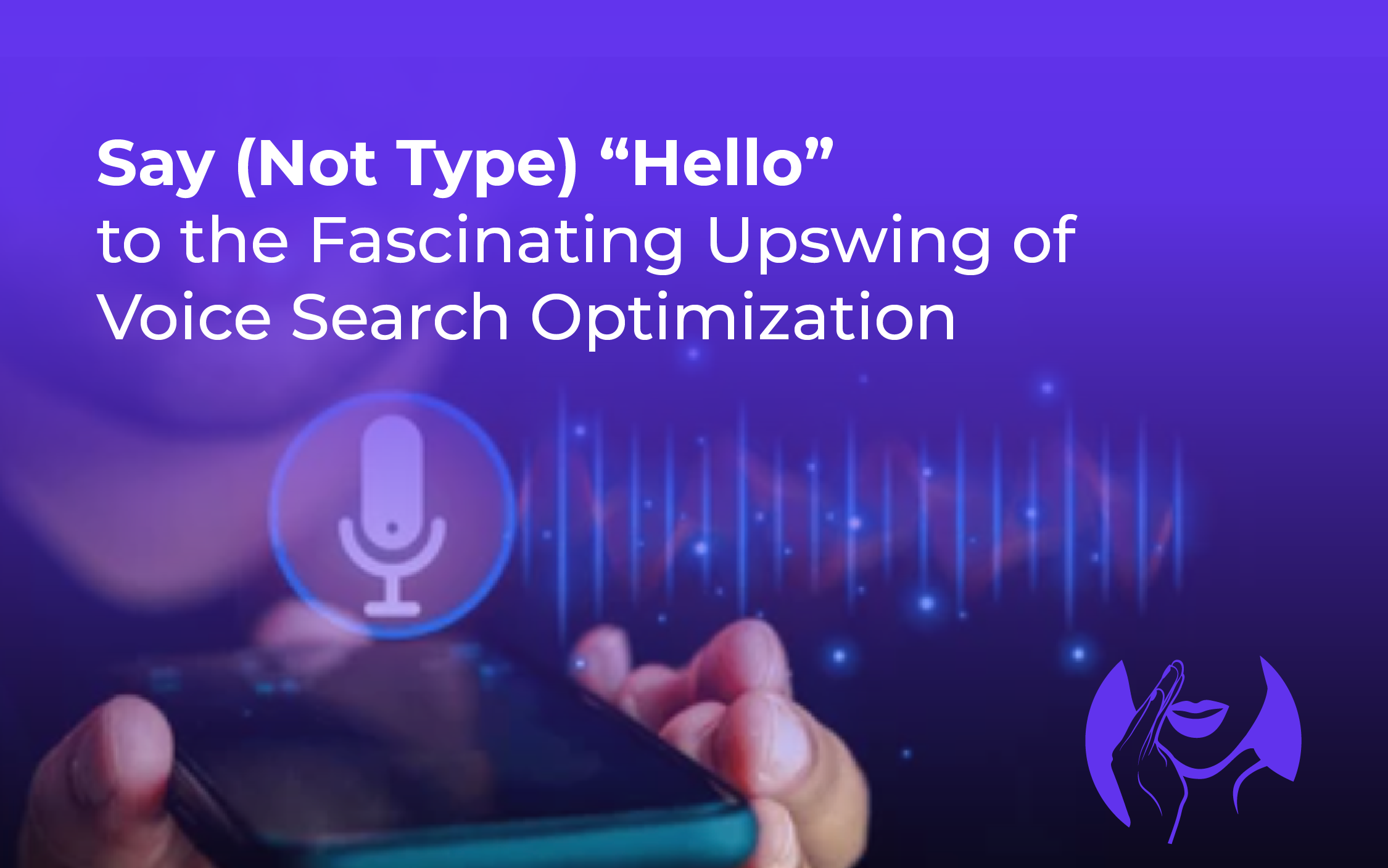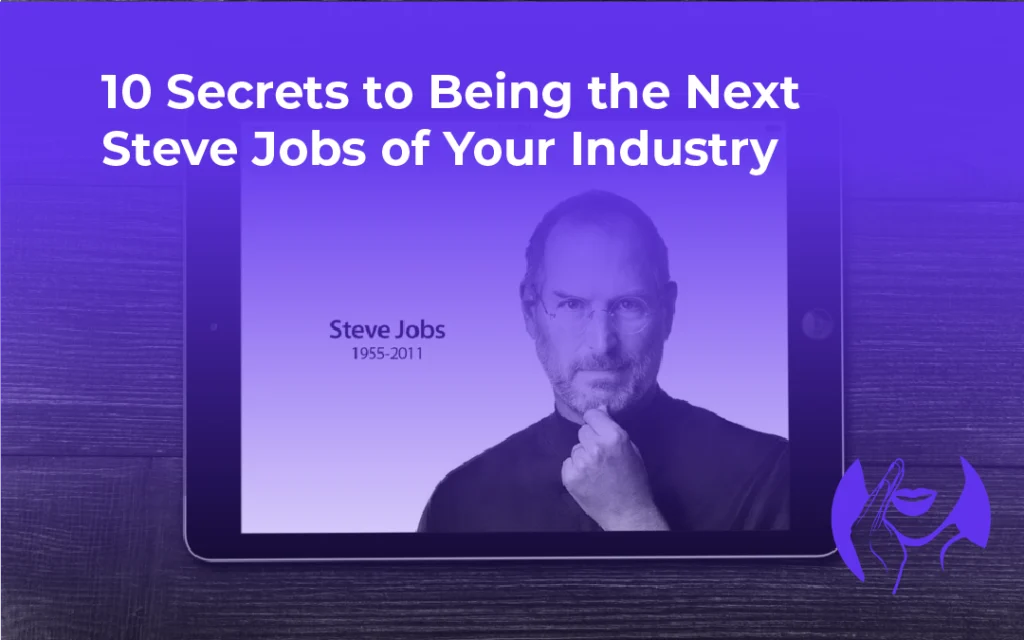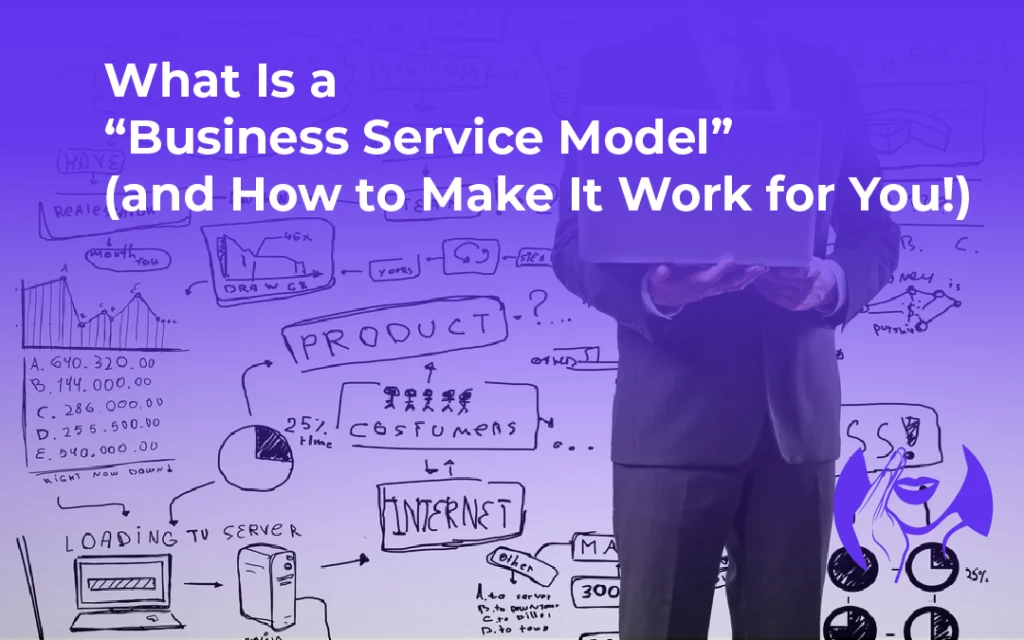When it comes to job interviews, one size does not fit all in this sort of fitting room. To get a well-rounded view of each candidate, companies employ a mix of interview approaches, some assessing skills, others personality, and others the elusive ‘fit’. As a job seeker, being prepared for these varying approaches can make all the difference in acing that dream job.
So, you’ve landed an interview with a candidate, and the chat’s been scheduled in the next few days – now what?
Knowing the style of the conversation can be the difference between a rejection letter and a job offer. Let’s explore three common interview styles as if it’s attire, the reasoning behind them, and most importantly, what you can do to succeed in each one.
1. The Traditional Interview Style

This classic approach involves a question-and-answer session, often with a standardized set of questions. To really know a candidate, you have to look at the big three: skills, experience, and education.
Why companies use it: This style helps HR departments quickly identify candidates who meet the minimum qualifications for the role. For a big group of applicants, sifting through resumes and cover letters can be overwhelming. This method speeds up the process by providing a clear-cut list of standouts.
How to manage it:
- Dig into your memory bank and gather those standout moments that showcase your skills and personality – you never know when you’ll need to share them. It all comes down to this: do these qualifications tick all the job’s boxes?
- First things first, read through the job description to make sure you’re on the same page. When the conversation turns to your strengths, have bulletproof examples at the ready to back up your claims.
- Practice answering common interview questions, such as “Why do you want to work for this company?” or “What are your strengths and weaknesses?”
2. The Behavioral Interview Style

This style focuses on a candidate’s past behaviors and experiences as a way to predict their future performance. Questions often start with “Tell me about a time when…” or “Can you give an example of…”.
Why companies use it: Behavioral interviews help HR departments assess a candidate’s problem-solving skills, teamwork, and adaptability. Imagine being able to relive a candidate’s most trying moments – that’s what this style offers, apeek into their proven problem-solving skills.
How to manage it:
- Prepare stories about your past experiences, using the STAR method (Situation, Task, Action, Result) to structure your responses.
- Strip away the noise and get down to business – it’s your skills and standout qualities that will propel you forward. Make a list of the skills and qualifications outlined in the job description, then think of specific instances where you’ve demonstrated those abilities – be ready to share those stories during the interview.
- Strip away the extras and zero in on what really matters – your audience will thank you. We’re looking for crisp, targeted answers that clearly address the topic at hand – not overly broad statements that waste everyone’s time.
3. The Case Study Interview Style

In this style, candidates are presented with a hypothetical business scenario or problem, and asked to analyze and solve it.
Why companies use it: In case study interviews, HR departments zero in on a candidate’s flair for creative problem-solving, quick thinking, and sound judgment – must-haves for driving business results. You’ll frequently spot this style in management and consulting job descriptions.
How to manage it:
- Take your time to read and understand the case study, asking clarifying questions if needed.
- To avoid confusion, craft a response that’s easy to follow and understand. For a logical approach, try running your ideas through a methodical framework, like a SWOT analysis or decision tree, to identify strengths and weaknesses.
- Communicate your thought process and be prepared to defend your solution or recommendation.
Since different companies have different interviewing styles, being prepared to adapt will give you a significant edge in the hiring process.
Whether you’re vying for a management role or an entry-level position, understanding the ins and outs of each style allows you to put your best foot forward and demonstrate why you’re the perfect candidate. Showcasing your skills is just the beginning – you need to demonstrate how you can add real value to the organization.







